Java多态性理解误区及解决实例
Java多态性是面向对象编程的重要特性,它的主要误解可能包括以下几点:
误认为不同对象响应同一行为相同:这其实是多态的体现,不同对象在调用同一方法时,表现形式会根据对象的实际类型决定。
忽视抽象和接口的重要性:多态性是通过抽象或接口来实现的。不创建抽象类或接口,直接对具体类进行实例化和操作,就无法体现出多态性。
解决实例:
- 定义一个基接口(例如Shape):
public interface Shape {void draw();}
创建两个具体的形状类:Circle和Square。
```java
public class Circle implements Shape {
private double radius;public Circle(double radius) {
this.radius = radius;
}
@Override
public void draw() {System.out.println("Drawing a circle with radius " + radius);
}
}
public class Square extends Circle {
public Square(double sideLength) {
super(sideLength); // Call the constructor of Circle
System.out.println(“Creating a square with side length “ + sideLength);
}
@Overridepublic void draw() {System.out.println("Drawing a square with side length " + radius); // Override the method from Circle}
}
3. 创建Shape的列表并遍历,通过多态调用不同形状类的方法。```javapublic class Main {public static void main(String[] args) {List<Shape> shapes = new ArrayList<>();shapes.add(new Circle(5)); // Add a circleshapes.add(new Square(7)); // Add a squarefor (Shape shape : shapes) {shape.draw(); // Call the draw method through the Shape interface}}}
通过以上实例,你可以更好地理解Java多态性的应用和误区。


























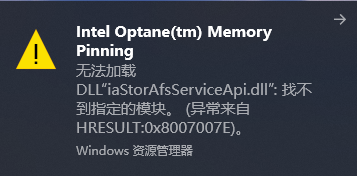
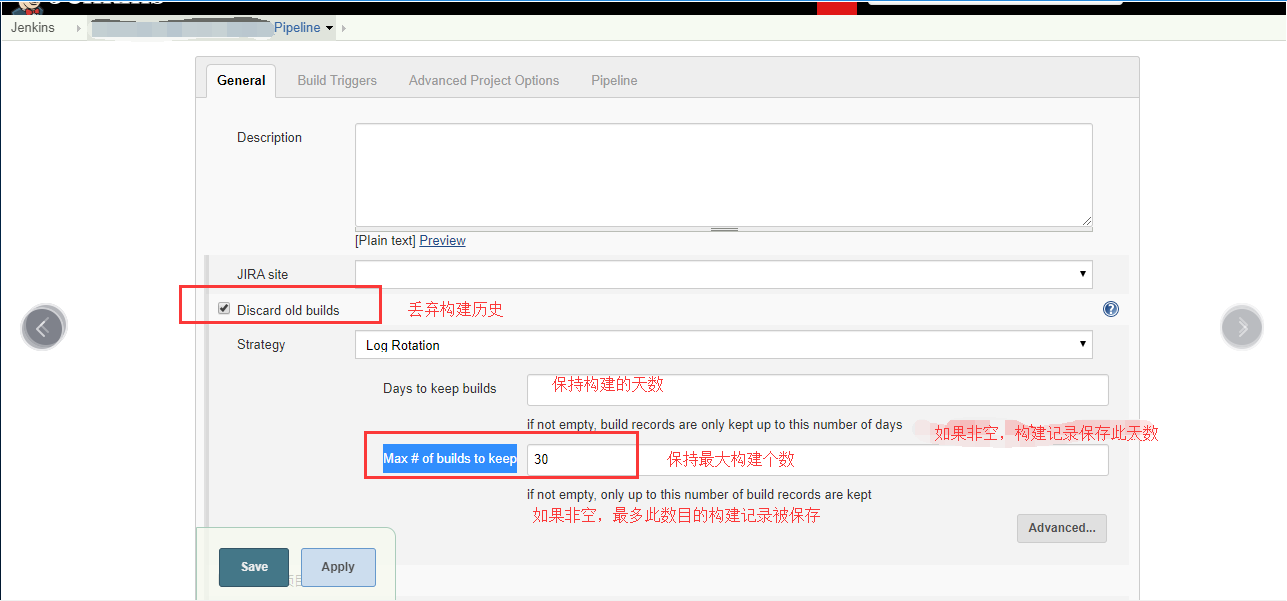
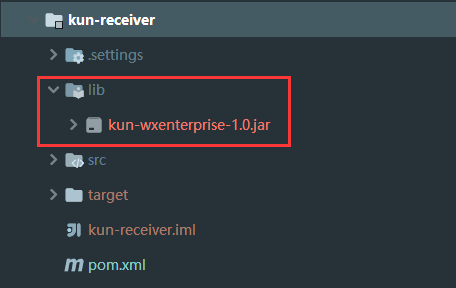
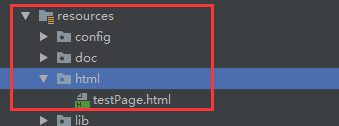

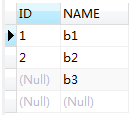



还没有评论,来说两句吧...